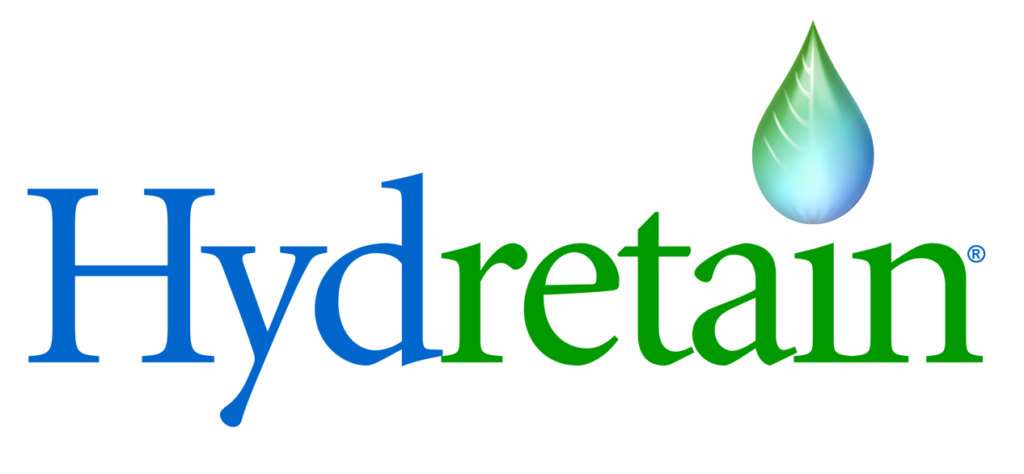As we enter the growing season, it is time to get out and assess the state of your turf. Harsh winter conditions and winter diseases can easily damage cool season and warm season plants. Aside from environmental effects, many areas can be destroyed by what I like to call the human touch. Winter operations such as snow removal, ice control, winter construction or even over zealous golfers add a host of other reasons that areas would have to be re-grassed. This is a brief look at the potential causes and some techniques for more rapid recovery:
Diseases:
Pink Snow Mold – Most active under long periods of wet and cold conditions. This disease is mostly superficial, affecting roots and crowns of most cool season grasses but to a greater degree bentgrasses and annual bluegrass. Typical management is raking out the affected areas or simply letting turf re-grow.
Grey Snow Mold – Can attack all cool season grasses and requires extended periods of snow cover. More damaging than Pink Snow Mold as this disease can progress down to the crown killing the plant.
Environmental Factors for Winter Turf Damage:
Direct Cold Kill- Although it is less likely to occur in regions where they grow, St. Augustine grass and Centipede grass tend to be the most susceptible to death from cold temperatures. Cool season varieties such as, annual bluegrass and perennial ryegrass exhibit a higher tendency for turf cover loss. In most cases, soil temperature is the determining factor in severity.
Frost- Although typically superficial on both cool and warm season turf, more severe damage can be more severe with traffic. This situation can result in weaker or thinner turf but generally doesn’t wipe out large areas.
Desiccation – The extreme dryness that occurs when the plant loses more water than is replaced. In most cases damage to the leaves can be tolerated and is not likely to be severe enough to damage the crown. This results in thinner, weaker turf. Younger and more succulent plants can, however, be destroyed by desiccation. Critical areas are slopes and mounds that tend to dry out more quickly.
Crown Hydration – Tends to one of the more destructive issues that can occur during winter months. This tends to take place on saturated soils during fluctuations of freezing and thawing temperatures. Again, annual bluegrasses tend to be most susceptible. Damage is most severe as warmer temperatures promote the plant to take up water followed by rapid cold or freezing temperature. Ice crystals will form within the plant rupturing cells leading to rapid plant kill.
Ice – ice cover and deep layers of ice can deplete oxygen causing massive areas of turf destruction. Plant suffocation or anoxic conditions leave plants extremely weak and subsequently easily killed by other winter conditions.
The Human Touch:
Construction – Winter is a common time for reshaping, irrigation upgrades, drainage projects or multiple other land/home improvements to be performed. In the wake of these projects, areas will likely need to be regraded, repaired and re-grassed.
Recovery:
As in any other seeding project, paying close attention to timing and proper seed selection remain key factors in success. For more immediate results many will turn to sod or plugs while the more cost-effective approach will likely be seed. As always, read the seed recommendations and apply at the rate specified. Rain showers in the spring tends to be mother nature’s way of helping new plants germinate and grow; however, if the seed encounters periods of little to no rain or moisture, the potential for failure becomes much greater. By using products like Hydretain for new seed, sod, or sprigs, can increase moisture availability to greatly accelerate germination and improve establishment of sod and sprigs as well. Additionally, CytoGro dramatically improves rooting and lateral growth for seedlings and sod, resulting in a much more rapid repair for playing surfaces and lawns alike.
Pro Tip:
Avoid applying pre-emergent herbicide (crabgrass preventers) to any area which you are trying to repair.



